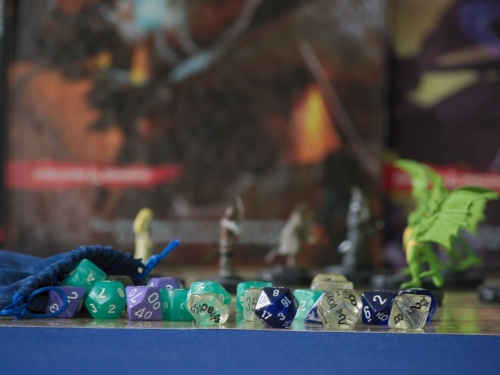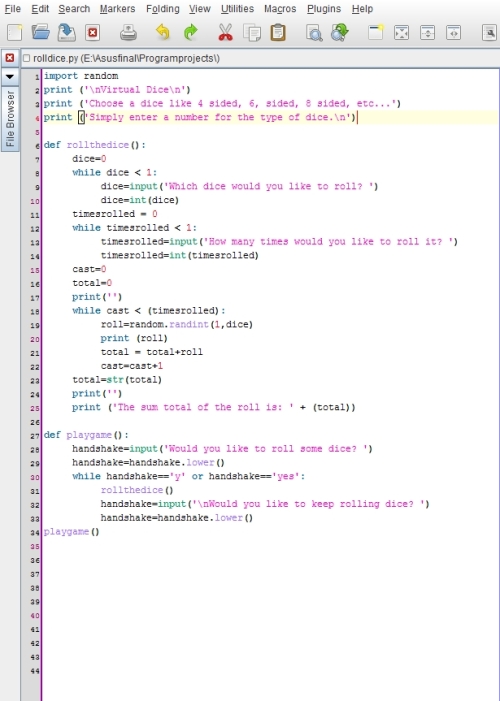The obits

Rolling and role-playing.
It’s been a long time. Years since my last post. I really do not play Magic the Gathering at all anymore. The good news is that I found people to role-play with in my community.
My experiments with trying to fix MTG and make it work failed to find support with a wider audience. There are many reasons for this.
First, the MTG economy is largely one in which risk is shifted downward to the player. Stores rely on a shadow economy of regulars to break boxes by drafting and take their paltry share of any economic reward. The pressures of competitive play mean that constructed formats are degraded to encourage pay to win style gaming and win at all cost strategies that reduce the fun of the game.
My budget cube was a “limited” success. Limited! Get it? Anyway, it is very hard to find people interested in the long process of drafting for fun. Again, the economic agenda only reinforces pay for the privilege of playing models that help stock store shelves with singles.
I tried one other model- a magic circle in which I created six custom 60 card singleton dual decks that were built for purposes of balance. The idea was to create decks which had parity of play but were not min-maxed to the point where a game would end by turn three. The format encouraged people to simply pick a deck play it against another deck and then move to the next deck. Best 2/3 won. It lacked the variance of the cube and removed the fun of constructing new decks. However, it also meant anyone who knew how to play a game of Magic could play with these dual decks. The investment did not really pay off as few people are interested in playing in a way that disrupts the underlying economic agenda in Magic the Gathering.
While the captain’s matches found far fewer takers in Orlando than Elko, I still have some good memories of those games and am disappointed players in Florida were disinterested in the format.
Now for the good news: I finally found a group to play Dungeons and Dragons with at my library. It is nice to be able to play outside of a store setting. The library hosts events featuring D&D 5e. 5e characters are more powerful at lower levels than their 1E counterparts, but the focus on narrative game play is still fun. I keep an open mind to playing new styles and new systems. My pen and paper RPG collection is widely diversified, but currently 5e is really the only game where I found a ready gaming group out of the store environment. While I personally would love to play games that involve non-WOTC products, I feel that having an opportunity to play at all is fairly decisive. Undoubtedly, if the library group were playing Savage Worlds, Pathfinder, Blood of Heroes, or any other role-playing game, I would probably be playing that instead.
The library group only meets once a month, but it is a start. It is good to see libraries encouraging a hobby that often inspires players to learn new skills and read about their world. The library also has materials players can check out.
Although I am a huge fan of theater of the mind play, I also took the time to convert unwanted Heroclix models into use as miniatures for role playing.

Your trash is my treasure.
It’s a way of salvaging models that would otherwise be garbage from a pay to win gaming perspective into something more functional.
Most of my spare money is spent on necessities or invested in content creation tools. I much prefer the challenges of learning and skill acquisition to those of empty consumerism. I don’t mind teaching myself how to program my own dice rolling app or drawing my own character.

Get skills.
My time is much better spent creating a unique t-shirt or writing an interesting backstory for a 5e character than trying to fix the game of Magic the Gathering.

20 sided Earth.
In a world full of microtransactions, pay to win gaming, endless subscription plans, endless DLC, the competitive pressures of professional gaming, and a myriad of other challenges, I hope players can still find their way to having some fun. GLHF.






